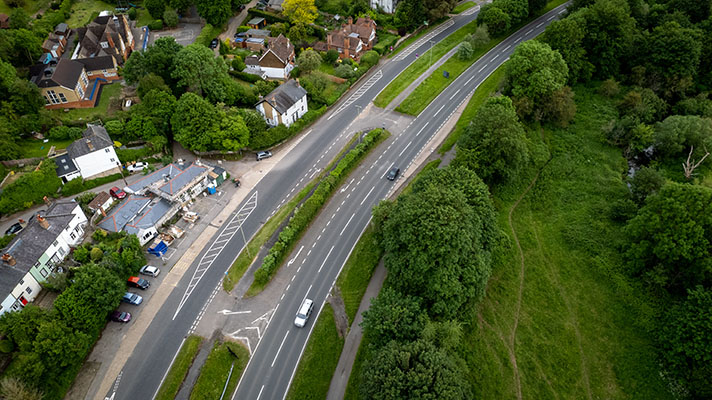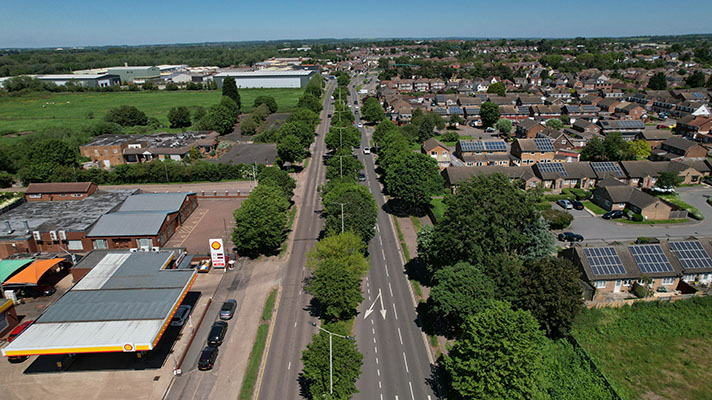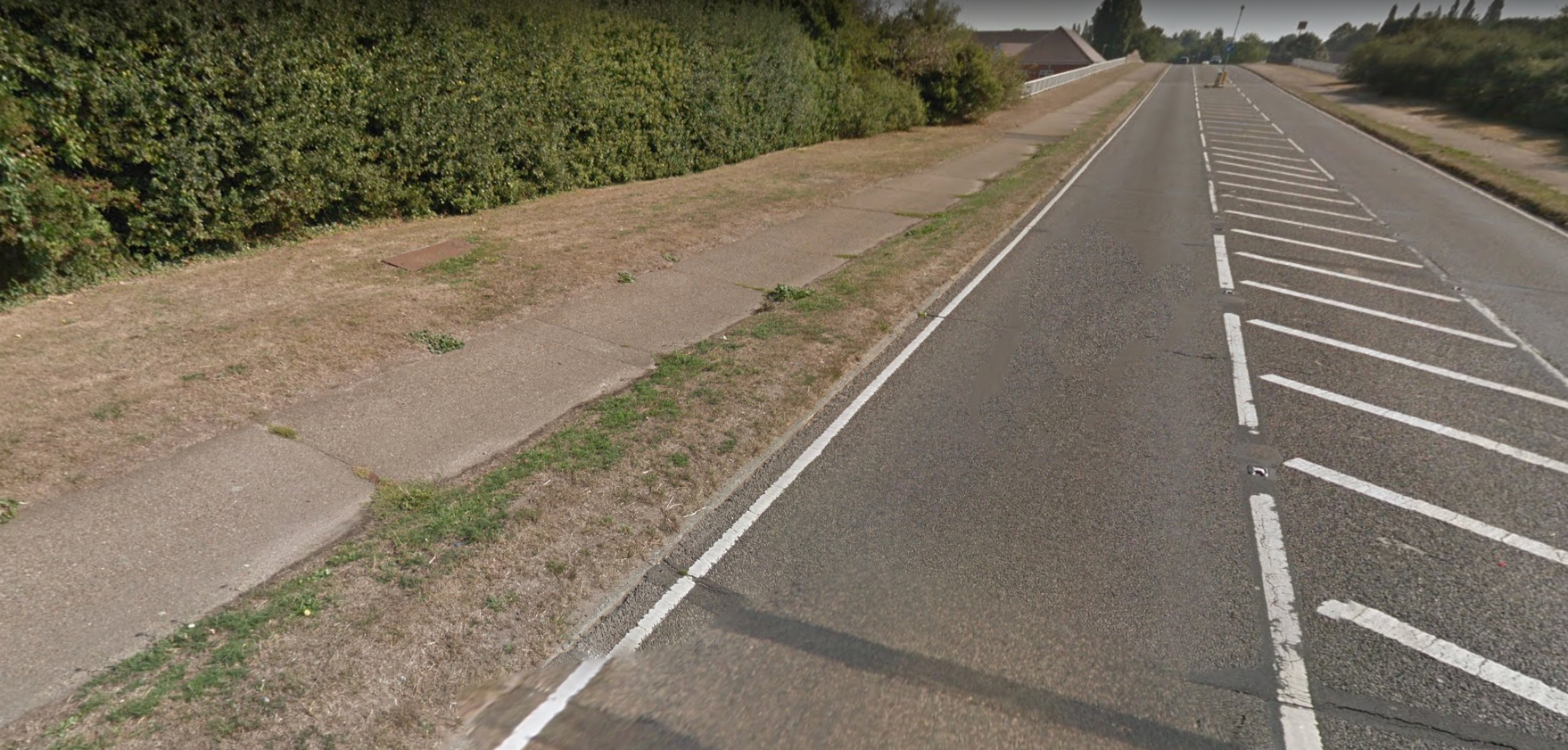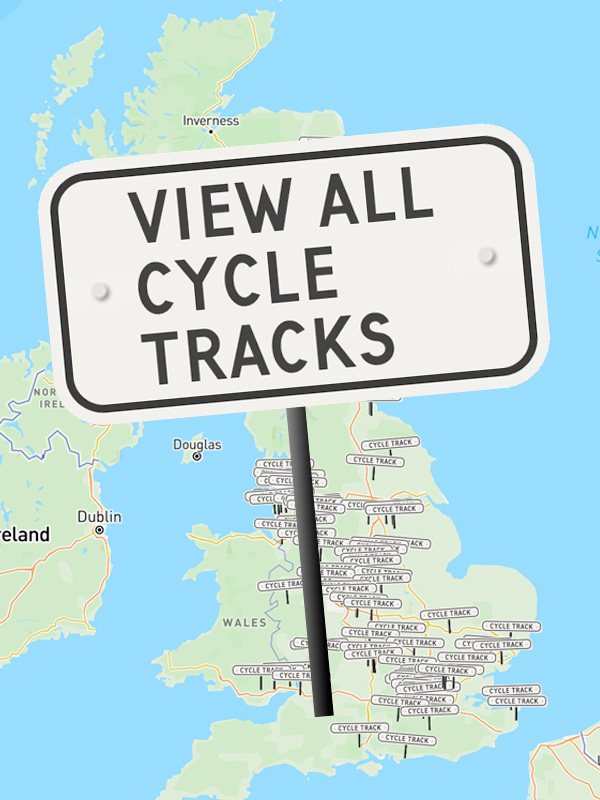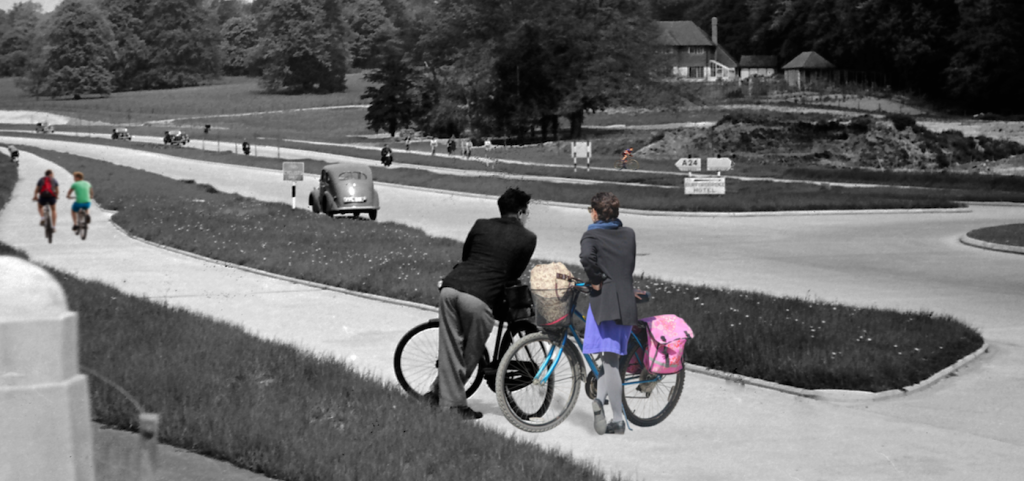
Urban Movement assessed the modern utility of twelve of these period cycle tracks, with the aim of bringing several of them back to life by rediscovery, renovation and — with local authority buy-in — revival, hopefully meshing the best of the tracks into modern urban and edge-of-urban networks. Urban Movement’s draft findings were submitted to the Department for Transport.
Links Road — Blyth, Northumberland
The Links — Whitley Bay, North Tyneside
Euxton Lane — Euxton/Chorley, Lancashire
Formby Bypass — Sefton, Merseyside
Harpfield Road — Stoke-on-Trent
Arnold Road — Nottingham
Raynesway — Derby
Melton Road — Leicester
Kenilworth Road — Coventry
Marston Road — Oxford
Uxbridge Road — Hayes, Hillingdon
Mickleham Bypass — Surrey
Several other projects could be reused or better used, or in some cases, excavated from beneath grass.
While 102 schemes have been identified and recorded for this study, not all should or could be rescued — some were “white elephants” at the time, and many remain so today.
Very few of the 1930s cycle tracks offered protection where it was most needed. We have known for 80+ years that if we protect the straights but not the junctions, there’s little point protecting the straights — unprotected junctions will only ever be used by the quick and brave.
Contemporary experts — such as cycle track designers, the Automobile Association, and others — stated this explicitly, but the lessons went largely unheeded.
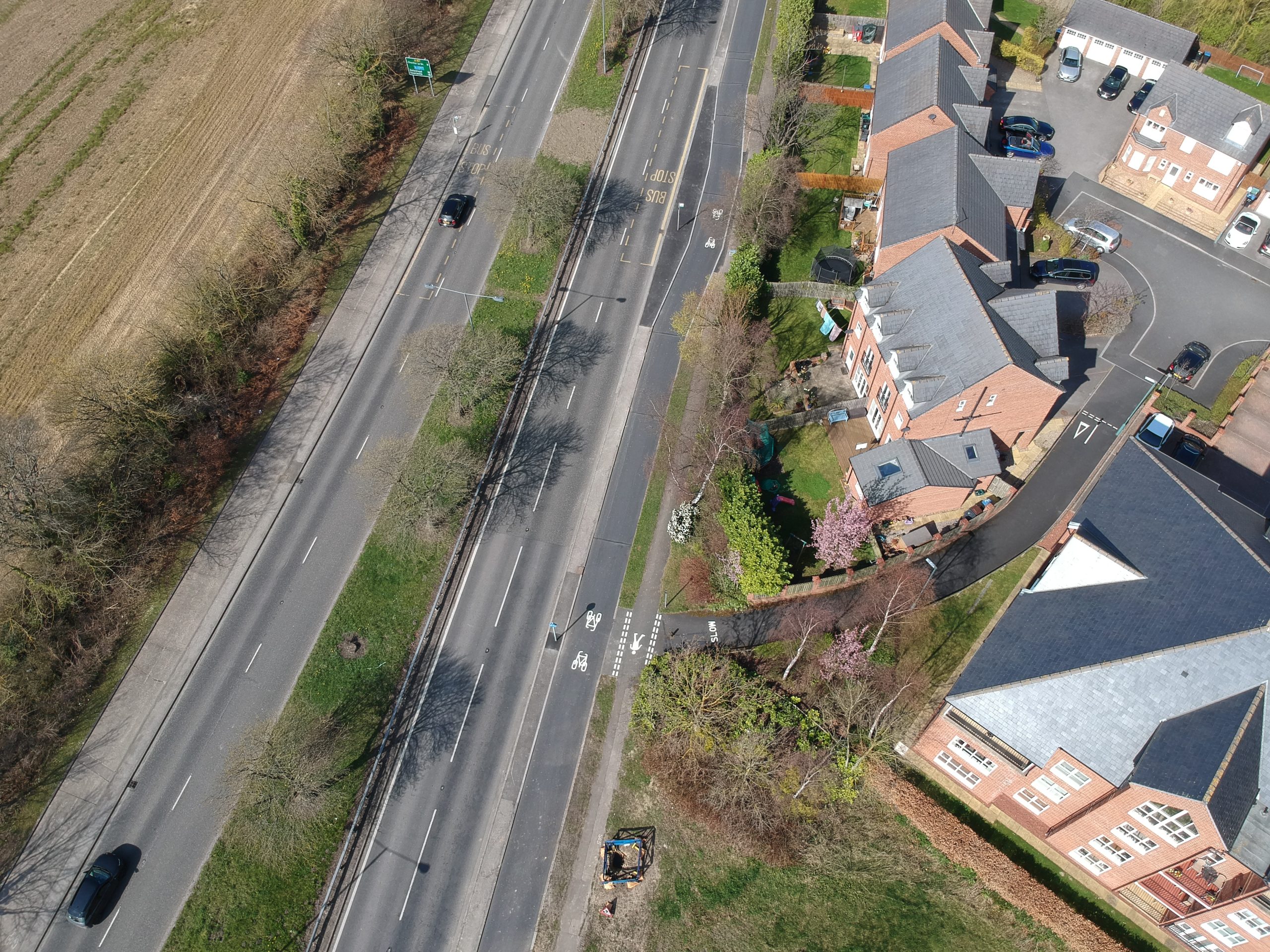
A few of the cycle tracks that were of no great utility in the 1930s because they went from nowhere to nowhere, such as the tracks beside the then A1 near Durham, are sited in locations where recent housing developments mean the valuable space set aside for cycling a lifetime ago can now be reclaimed. This well-preserved cycle track beside what is now the A167 at Neville’s Cross used to end at the Cock ‘o the North transport restaurant. The Cock ‘o the North roundabout remains, but what was once a landmark on the A1 Great North Road, almost as famous as Scotch Corner Hotel, is now a housing development. And there’s a vast new housing development adjacent to the Formby bypass in Lancashire — it would be an easy cycle ride on the cycle track built in the 1930s to get from this upscale estate to a Tescos supermarket a mile or so further along.
Other cycle tracks — such as the one on the Northwich bypass, built in 1939 — remain in use but could be improved. The period cycle tracks and adjacent footways on both sides of the three-mile-long bypass are unkempt. Still, with TLC, they could continue to perform as excellent car-free links for those living, working, and studying in Rudheath, Leftwich, Davenham, Kingsmead, and Hartford.
And the short but sweet bypass of Wolviston, near Stockton, with its 10-ft-wide, kerb-separated cycle tracks — today, in part, also protected with motorway-style barriers — shows how cycle infrastructure built in 1944 as an integral part of the then A19 surpasses almost all subsequent infrastructure built elsewhere in the UK until the second generation of London’s Cycle Superhighways some 68 years later.
The 9-ft-wide, kerb-protected dual-sided cycle tracks at Neville’s Cross, Formby, and elsewhere were not well used by period cyclists in part because they didn’t go where most cyclists wanted to go. The appearance of new housing developments and other infills means that the situation has changed.




